
Pav bhaji masala is a spice blend used to make pav bhaji, one of Mumbai’s most popular street foods. It combines ground spices like coriander, cumin, chili, fennel, black cardamom and dried mango powder to create a mix that is both tangy and slightly smoky. The masala is added to a base of mashed vegetables cooked with tomatoes, onions and butter, then served with toasted pav.
The blend was developed by street vendors who needed one reliable seasoning to flavor large batches quickly. Over time it moved from street stalls into packaged mixes and home kitchens across India. Today pav bhaji masala is a standard pantry spice for making pav bhaji and for giving a similar flavor to dishes like pulao, tawa pulao and masala toast.
What Is Pav Bhaji Masala?
Pav bhaji masala is a ready-to-use spice blend made by roasting and grinding whole spices, then mixing them in set proportions. While recipes vary by brand and household, it usually includes coriander seeds, cumin seeds, dried red chilies, fennel, black cardamom, cloves, cinnamon, dried mango powder and sometimes kasuri methi.
The result is a warm, slightly tangy blend that adds color, aroma and depth to the vegetable mixture in pav bhaji. It is designed to be added toward the end of cooking so the flavor stays bright and noticeable.
Quick facts
- Name: Pav bhaji masala
- Origin: Mumbai, Maharashtra, India
- Main use: Seasoning for pav bhaji and similar tawa dishes
- Common spices: Coriander, cumin, dried red chili, fennel, black cardamom, clove, cinnamon, dried mango powder
- Flavor profile: Warm, mildly spicy, tangy and slightly smoky
- Heat level: Mild to medium depending on chili content
- Best in: Pav bhaji, tawa pulao, masala sandwiches and spiced vegetable dishes
- Why keep it: One blend that quickly gives a distinct Mumbai style flavor
Key Ingredients and Their Roles
Every spice in pav bhaji masala plays its part, blending warmth, tang, and aroma into perfect harmony:
-
Coriander seeds: Form the body and base of the blend.
-
Cumin seeds: Add earthy depth and gentle smokiness.
-
Fennel seeds: Bring a faint sweetness that softens the spice.
-
Dry red chilies: Give the mix its bright color and heat.
-
Cinnamon and cloves: Add a woody aroma and warmth.
-
Amchur (Dried mango powder): Provides the tang that defines pav bhaji’s taste.
-
Black salt: Adds savoriness and balance.
-
Turmeric: Binds the mix with color and mild earthiness.
The Roasting and Grinding Process
Pav bhaji masala is usually made by dry roasting whole spices such as coriander seeds, cumin seeds, fennel seeds, dried red chilies and whole aromatic spices like cinnamon and cloves. Roasting helps remove excess moisture and brings out the natural oils in the spices.
Once cooled, the spices are ground into a fine powder and combined with ingredients like turmeric, dried mango powder and sometimes black salt. Each brand or household may adjust the proportions, but the goal is a balanced blend that delivers flavor, color and aroma when added to the dish.
Flavor Profile
Pav bhaji masala has a warm, mildly spicy flavor with a tangy edge from dried mango powder. The roasted cumin and coriander add depth, while the aromatics provide a light, savory fragrance. It is designed to mix easily into buttery, tomato-based vegetable dishes and give them the familiar flavor associated with pav bhaji.
Culinary Uses Across India and Beyond
In India:
-
The heart of Mumbai’s pav bhaji, cooked on large tawas with butter and mashed vegetables.
-
Added to tawa pulao, paneer bhurji, and stuffed parathas for a tangy twist.
-
Mixed into tomato gravies or bhaji sandwiches for extra depth.
Outside India:
-
Food lovers abroad experiment with it in curries, soups, and even roasted vegetable bowls.
Wherever it travels, pav bhaji masala carries the warmth of Indian street food; bold, buttery, and unforgettable.
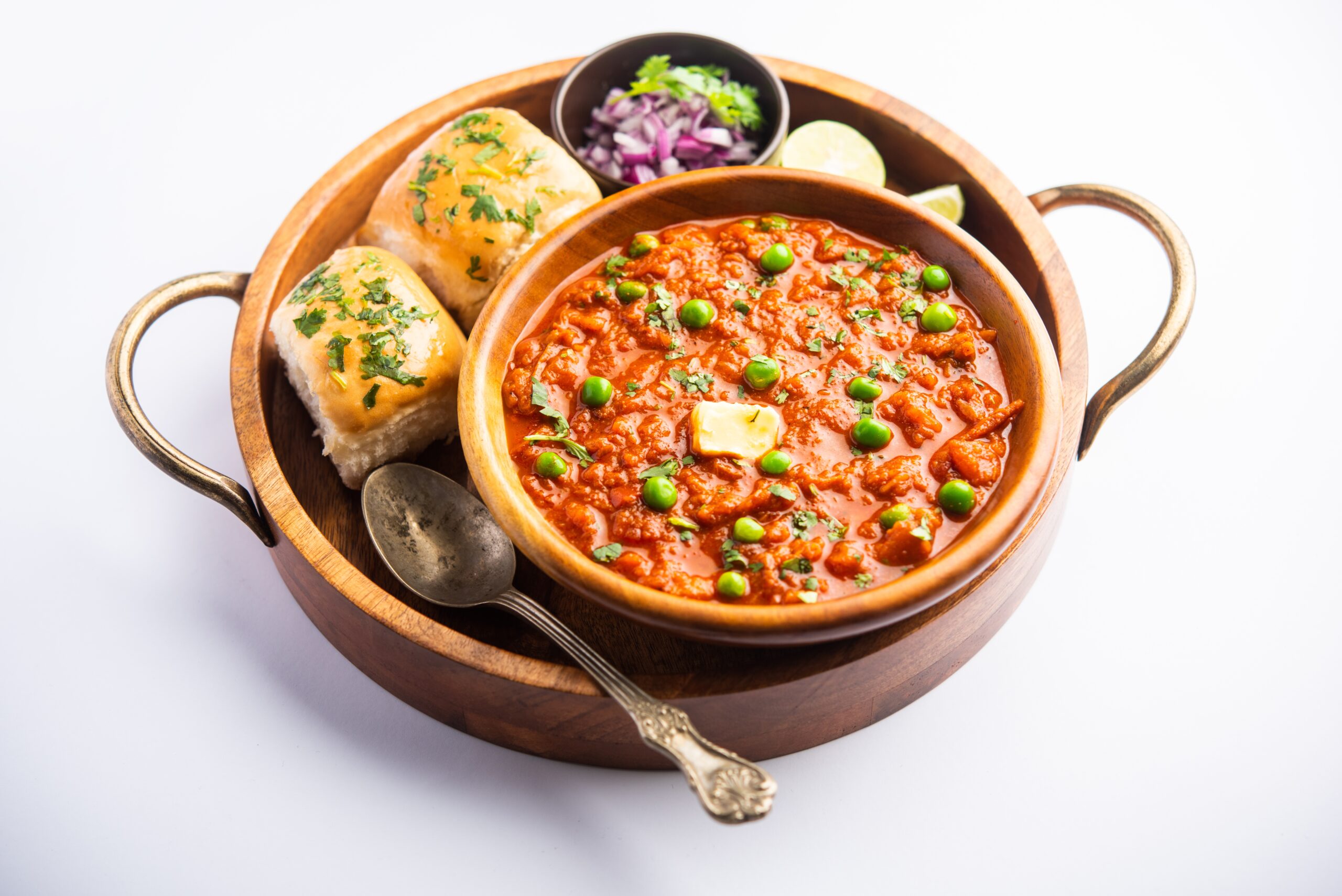
A spoon of pav bhaji masala can brighten more than bhaji. Try these fun twists:
-
Sprinkle over popcorn or fries for a quick spicy snack.
-
Mix into scrambled eggs or paneer bhurji for a street-style kick.
-
Add to soups or noodles for a tangy depth.
-
Blend into tomato ketchup to make a spiced dip.
-
Stir into vegetable rice or pulao for instant flavor.
-
Use in burger patties or wraps for that unmistakable Mumbai punch.
It’s the shortcut to turning everyday meals into something bold, buttery, and joyfully chaotic just like Mumbai.
Flavor Pairings
Pav bhaji masala shines when paired with ingredients that balance its heat and tang:
-
Butter: Softens the spice and deepens the aroma.
-
Tomatoes: Add acidity that lifts every note.
-
Potatoes: Absorb flavor and create that creamy texture.
-
Onions and bell peppers: Build the smoky, street-style base.
-
Cilantro and lemon: Bring freshness and balance to each bite.
Quick Tips to Get the Best Out of Pav Bhaji Masala
A few mindful touches can bring out the full depth of this Mumbai-born blend:
-
Sauté in butter or ghee: Unlocks aroma and balances the spice.
-
Add after the tomatoes soften: Keeps flavor bright and well-rounded.
-
Sprinkle a pinch at the end: Freshens up the dish before serving.
-
Balance the tang: A squeeze of lemon lifts the richness.
-
Avoid high heat: Over-roasting can turn it bitter.
-
Use fresh pav bhaji masala: The newer the blend, the richer the color and aroma.
Substitutes
If pav bhaji masala isn’t on hand, a few blends can capture its warmth and tang:
-
Garam masala + chaat masala: Brings spice and a touch of tanginess.
-
Tandoori masala: Adds color and heat, though less sweet and buttery.
-
Kitchen king masala: Offers depth and aroma, good for vegetable curries.
-
Homemade mix: Combine roasted cumin, coriander, red chili, turmeric, and a pinch of dry mango powder.
Each option offers a different shade of Mumbai’s flavor; lively, layered, and irresistibly spiced.
Nutritional Value (Per Tablespoon – Approx. 10g)
Pav bhaji masala brings flavor and light nourishment through its roasted spices.
-
Calories: 42 kcal
-
Protein: 1.3 g
-
Fat: 1.7 g
-
Carbohydrates: 5.0 g
-
Fiber: 1.1 g
-
Iron: 4% of daily value
-
Magnesium: 3% of daily value
-
Sodium: 0 mg (before adding salt)
While it’s used in small amounts, the mix contributes trace minerals and natural antioxidants that support overall well-being.
How to Store It Right
-
Use airtight glass jars: Preserve its rich aroma and protect from moisture.
-
Keep away from sunlight: Direct heat fades its bright color and sharpness.
-
Store in a cool, dry place: Humidity dulls the roasted warmth.
-
Avoid plastic containers: Glass or steel keeps the flavor pure.
-
Make small batches: Fresh roasting keeps the masala lively and fragrant.
-
Shelf life: Best enjoyed within 2–3 months for full aroma and flavor.
A little care keeps pav bhaji masala as vibrant and flavorful as the city that inspired it.
Health Benefits of Pav Bhaji Masala
A blend of everyday spices, pav bhaji masala may offer more than flavor, it can also support balance and digestion when used mindfully.
May support digestion
Due to the presence of cumin, coriander, and fennel, which help stimulate digestive enzymes (Source).
Can help reduce inflammation
Thanks to turmeric and dried ginger, known for their anti-inflammatory compounds (Source).
May boost immunity
Owing to garlic and cloves, which contain antibacterial and antioxidant properties (Sources 1, 2).
Can aid metabolism and circulation
Because of red chilies and black pepper that promote calorie burn and improved blood flow (Sources 1, 2, 3).
May improve nutrient absorption
Through the presence of piperine in black pepper, which enhances nutrient bioavailability (Source).
Potential Health Risks
Used in moderation, pav bhaji masala is safe and beneficial.
May cause acidity or heartburn
Due to the presence of red chilies and other strong spices that increase stomach acid (Sources 1, 2).
May increase body heat
Owing to warming ingredients such as chili, cinnamon, and ginger (Source).
May lead to allergic reactions
Due to sensitivity toward certain spices like coriander or cumin (Source).
Can raise sodium intake
If pre-packaged or restaurant versions contain added salt or preservatives (Source).
Here is a more factual and natural version of your final section:
Final Thoughts
Pav bhaji masala remains an essential part of making pav bhaji, both on the street and at home. Its balanced mix of spices provides the distinct flavor and aroma that defines the dish. While its origins are in Mumbai’s food stalls, the blend is now widely used across India and in Indian kitchens abroad.
Whether purchased ready-made or prepared at home, pav bhaji masala offers an easy way to achieve a consistent, recognizable taste. It continues to be a practical staple for tomato-based tawa dishes and for adding a familiar Mumbai-style flavor to everyday meals.
FAQs
What is pav bhaji masala used for?
It’s the key spice blend for making pav bhaji, and also flavors dishes like tawa pulao, paneer bhurji, and spiced rice.
Can I use garam masala instead of pav bhaji masala?
You can, but it won’t have the same tangy-sweet balance. Adding a pinch of dry mango powder helps bring it closer.
Is pav bhaji masala very spicy?
It’s moderately spicy, rich and warm rather than fiery. The butter in pav bhaji helps mellow the heat.
Can I make pav bhaji masala at home?
Yes. Roast coriander, cumin, fennel, red chilies, cinnamon, and cloves, then grind with dry mango powder and black salt.
How long does pav bhaji masala stay fresh?
It stays flavorful for about 2–3 months when stored in an airtight container away from sunlight and moisture.
Can I use it in non-Indian dishes?
Absolutely. It adds warmth and color to soups, noodles, or even scrambled eggs.
Learn More About Pav Bhaji Masala
Ministry of Curry — Pav Bhaji (Instant Pot & Stovetop Method)
This article provides a detailed overview of Pav Bhaji, covering the origins of this iconic Mumbai street-food dish, its vegetable-mashed curry base, step-by-step cooking methods, and the spice blend Pav Bhaji Masala that gives it its signature flavour.
Balajirestaurant — 7-Step Guide to Preparing Pav Bhaji Mumbai Street Style
This article offers a detailed 7-step guide to preparing Pav Bhaji Mumbai street-style, covering everything from ingredient selection and spice blend to cooking technique and presentation.


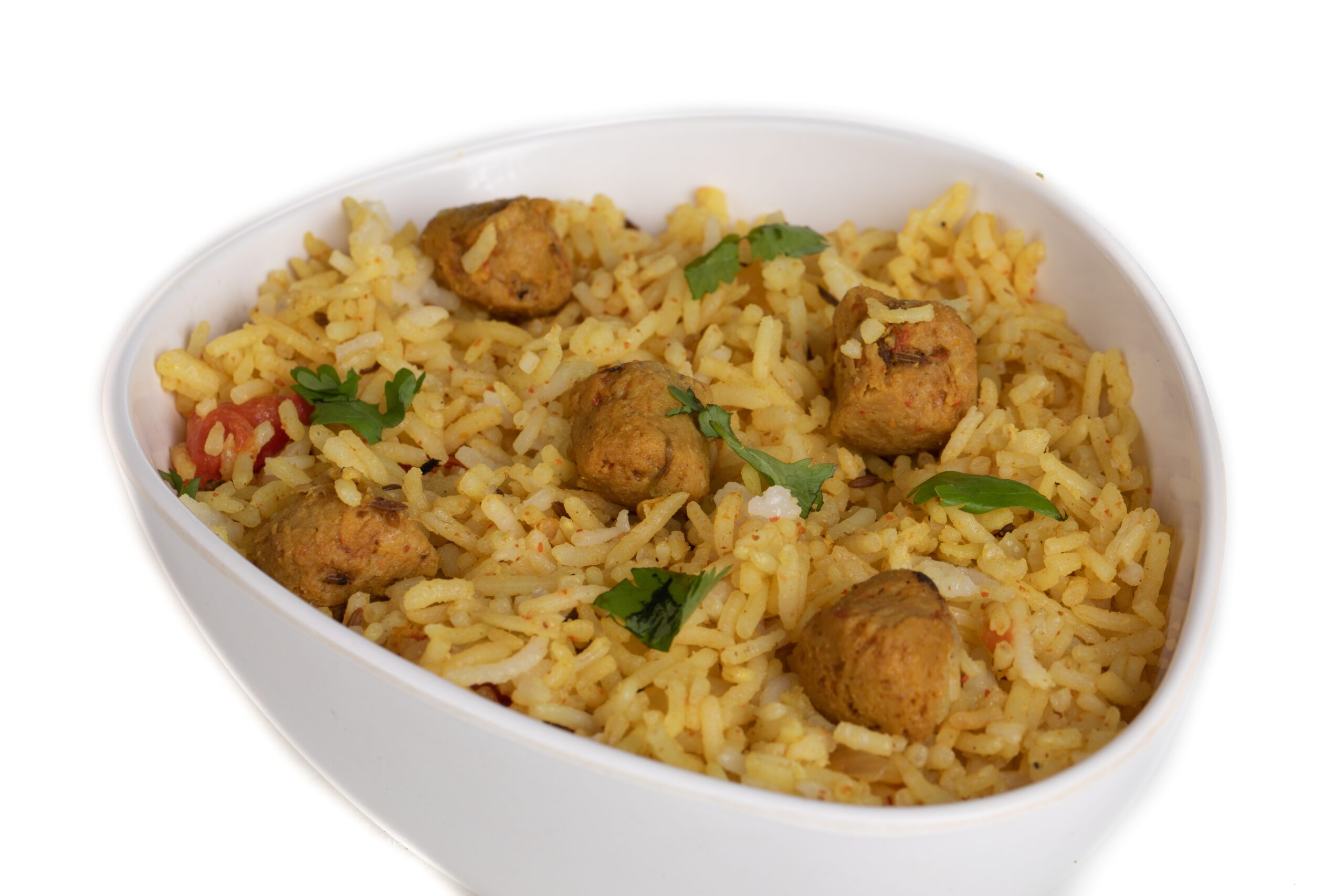
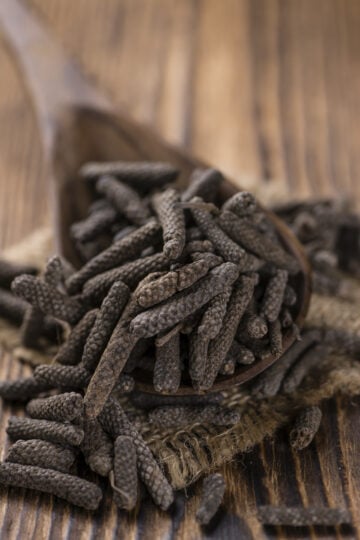
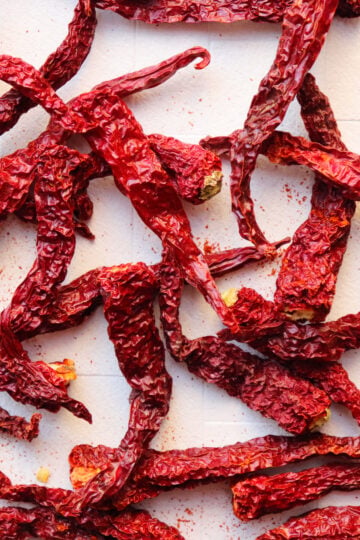
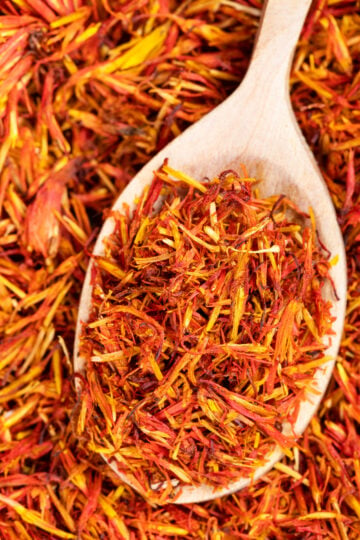
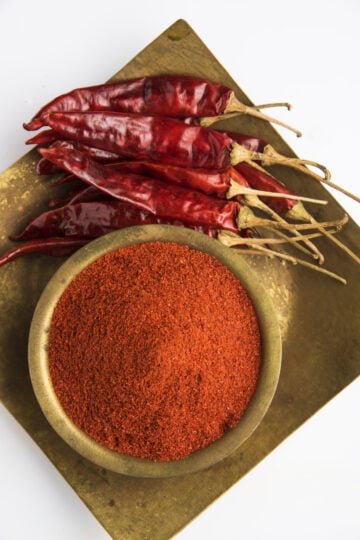
Have a question or something to share? Leave a comment below!